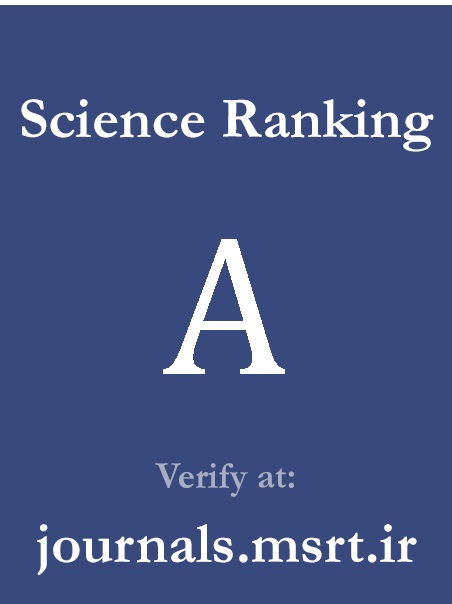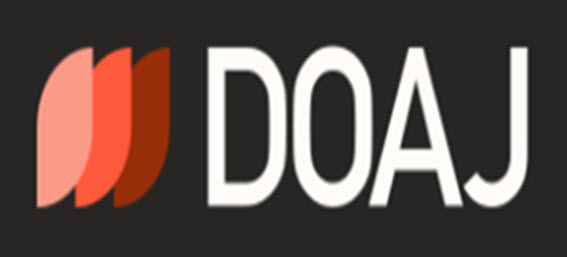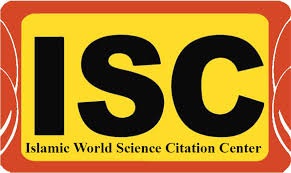An Examination of the Fit of an Educational Model Based on Ideation and Creativity Development in Technical Schools of Golestan Province
Keywords:
creativity, Ideation, technical education, Vocational Education, production-based learning, Curriculum Development, school-industry collaborationAbstract
Purpose: The objective of this study was to develop and assess an educational model integrating ideation, creativity, and production-based learning in technical schools of Golestan province, Iran. Methodology: This research employed a mixed-methods approach, combining qualitative and quantitative data collection. Initially, qualitative interviews with experts in technical education were conducted to identify key components of the proposed model. Based on the qualitative findings, a survey was developed and distributed to 297 participants, including technical school teachers and students. Descriptive and inferential statistics, including correlation analysis and paired t-tests, were used to evaluate the model’s effectiveness. Confirmatory factor analysis (CFA) was also performed to validate the structural relationships between variables. Findings: The results indicated that integrating creativity and ideation into technical education significantly improved student outcomes in areas such as curriculum engagement, participation in production, and interaction with the labor market. Positive correlations were found between teaching strategies, curriculum goals, and students' practical application of skills. However, there remained a notable gap between the current and desired states of the educational model, particularly in curriculum design and student participation in curriculum development. The model showed potential for broader application but required further refinement in its practical implementation. Conclusion: The study concludes that the integration of creativity and production-based learning into technical education can enhance both creative thinking and practical skill development. However, ongoing adjustments are needed to fully realize the model’s potential, especially in terms of student involvement and curriculum alignment with industry needs. Collaboration between educational institutions and industry is critical for the success of this model.










